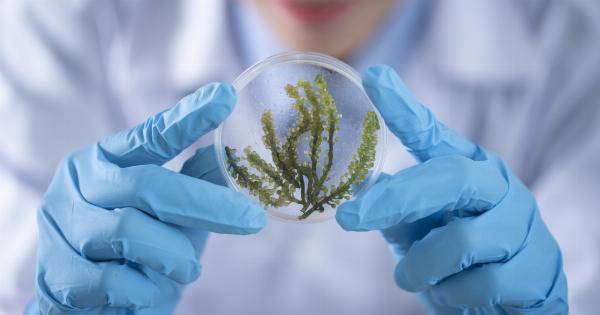Staphylococcus aureus, commonly known as staph, is a type of bacteria that can cause various infections in humans. Staph infections are a concern because they can range from minor skin infections to severe, life-threatening conditions.
Understanding the modes of transmission is crucial for preventing the spread of staph infections. This article will explore the different ways staph can be transmitted and provide preventive measures.
1. Direct Contact
One of the primary modes of transmission for staph infections is through direct contact with an infected individual. Skin-to-skin contact, sharing personal items, or touching contaminated surfaces can transfer staph bacteria.
For example, shaking hands with an infected person or sharing towels can lead to infection. To prevent transmission, it is essential to maintain good personal hygiene and avoid direct contact with individuals who have visible staph infections.
2. Contaminated Surfaces
Staph bacteria can survive on surfaces for a significant period, making contaminated objects a potential source of infection. Commonly touched surfaces, such as doorknobs, countertops, and gym equipment, can harbor staph bacteria.
Regular cleaning and disinfection of frequently touched surfaces can help reduce the risk of transmission. It is also advisable to avoid sharing personal items, such as razors or towels, to minimize the chances of infection.
3. Healthcare Settings
Healthcare facilities, including hospitals and clinics, can be hotspots for staph infections. Patients in these settings often have weakened immune systems, making them more susceptible to infections.
Staph bacteria can be transmitted through medical equipment, healthcare professionals, or contaminated surfaces. Strict adherence to infection control practices, including proper hand hygiene, wearing personal protective equipment, and routine cleaning protocols, is crucial in healthcare settings to prevent staph infections.
4. Community Settings
Staph infections are not limited to healthcare facilities; they can also occur in community settings. Places like schools, gyms, and daycare centers can serve as breeding grounds for staph bacteria.
Close contact, sharing personal items, and inadequate hygiene practices contribute to the spread of infections. Regular handwashing, proper wound care, and keeping personal items separate from others are essential preventive measures in such settings.
5. Indirect Contact
Indirect contact with staph bacteria can occur through contaminated objects or surfaces. For instance, using a towel or clothing previously used by an infected person can transfer the bacteria.
Sharing items such as clothing, bedding, or athletic gear increases the risk of transmission. It is crucial to wash personal items regularly, especially if used by multiple individuals, to prevent the spread of staph infections.
6. Poor Hygiene
Inadequate personal hygiene practices significantly contribute to the transmission of staph infections. Failure to wash hands thoroughly, not keeping wounds clean, and neglecting to maintain overall cleanliness can increase the risk of infection.
Adopting proper hygiene practices, such as regular handwashing with soap and water, covering open wounds, maintaining cleanliness of personal items, and bathing regularly, can significantly reduce the transmission of staph bacteria.
7. Contaminated Food
In some cases, staph infections can be contracted through contaminated food. Improper food handling, inadequate cooking temperatures, and cross-contamination can lead to the presence of staph bacteria in food.
Consuming contaminated food can cause food poisoning and subsequent infection. Following food safety guidelines, such as cooking food thoroughly, avoiding cross-contamination, and practicing good hygiene in the kitchen, is essential in preventing staph infections.
8. Crowded Environments
Crowded environments, such as prisons, military barracks, and homeless shelters, pose a higher risk for staph infections. Overcrowding makes it easier for staph bacteria to spread from person to person.
Limited access to hygiene facilities and compromised overall health in these settings contribute to the increased transmission rates. Implementing proper hygiene measures, providing access to clean facilities, and raising awareness about infection prevention can help control staph infections in crowded environments.
9. Animal Contact
Staph infections can be transmitted from animals to humans. Close contact with infected animals or exposure to their contaminated environment can lead to infection. Domestic pets, livestock, and even wildlife can carry staph bacteria.
Maintaining good hand hygiene after handling animals, avoiding contact with animal wounds, and keeping living areas clean are vital preventive measures in reducing the risk of staph infections from animal contact.
10. Healthcare Worker Contamination
Healthcare workers, while providing care to infected patients, can inadvertently become carriers of staph bacteria.
Failure to adhere to proper infection control measures, such as hand hygiene and wearing personal protective equipment, can lead to healthcare-associated staph infections. Strict adherence to infection control protocols, regular training, and surveillance can help reduce the risk of staph transmission through healthcare workers.




























